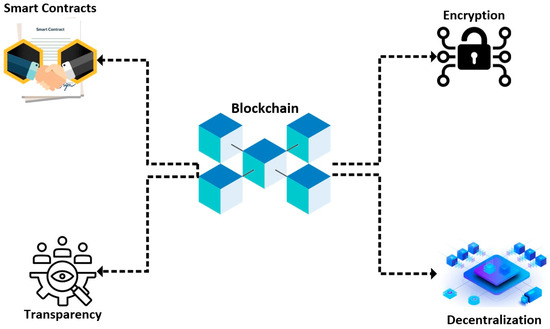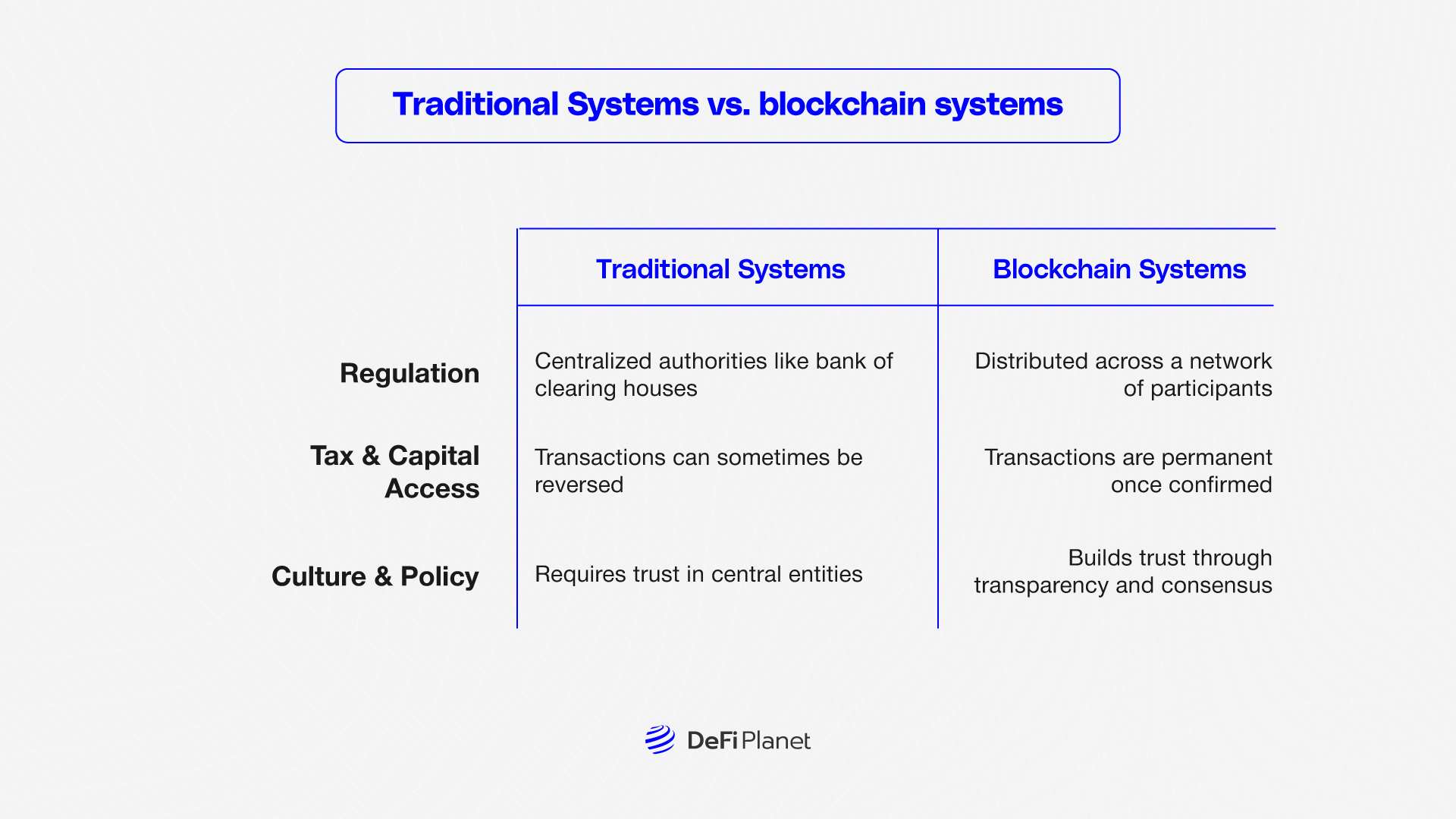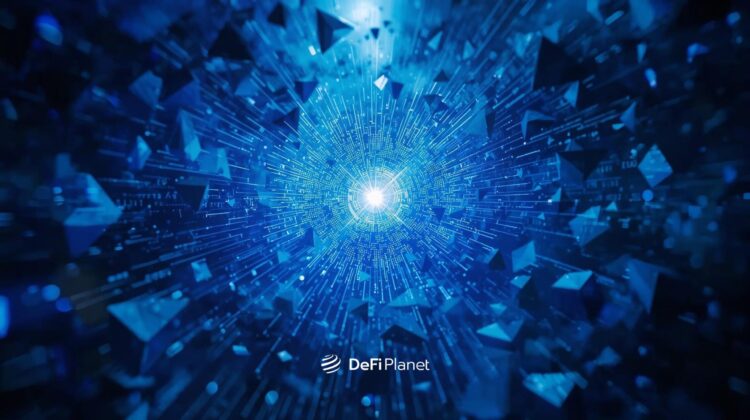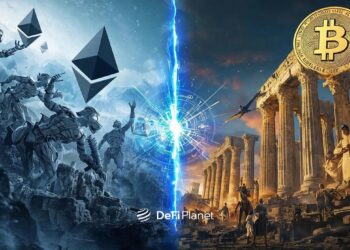Immutability means something cannot be changed. On the blockchain, once a transaction is confirmed, it’s locked in a digital stone. There’s no “undo” button. This is a good thing in many ways. It builds trust because people know records can’t be tampered with, and you don’t have to trust a bank or company, you trust the code. This feature helps prevent fraud and creates a reliable decentralized history.
Let’s say Alice sends Bob some crypto. Once that transaction is added to the blockchain, it becomes part of a long digital chain that shows where the money came from and where it went. Anyone can check this information. That’s powerful for transparency, but it also raises some tricky questions.
The Power and Problem of Finality
In Web3, transaction finality means a transaction is confirmed and cannot be reversed. That’s important for keeping the system secure because no one wants their payment taken back after buying something. But what happens if someone makes a mistake, like sending crypto to the wrong wallet? Or worse, if a hacker tricks someone into a transaction?
In regular banking, you might be able to call customer service and fix the error, but in Web3, there’s no customer service line. The blockchain doesn’t care if it was a mistake, and once it’s done, it’s done.
This creates an ethical issue: Should we value finality and immutability over human error and forgiveness?
Data Permanence and Its Consequences
Data permanence means that everything on the blockchain stays there forever, this includes not just financial transactions, but potentially messages, digital art, identity records, and more. On one hand, this creates a strong record that can’t be faked and it protects people from fraud and misinformation, but what if someone regrets something they posted? What if an NFT (non-fungible token) is tied to a personal memory that someone later wants to erase or hide? The internet forgets some things, but the blockchain remembers everything.
This brings us to the idea of Web3 forgiveness and in a world where everything is permanent, how do we give people second chances?

Comparison Between Traditional Systems and Blockchain Finality
Traditional systems rely on centralized control, while blockchain ensures permanent, trustless transactions through decentralization.
In traditional finance, centralized authorities like banks or clearinghouses confirm transactions. These entities can sometimes reverse transactions if issues arise, providing a safety net but also introducing potential delays and uncertainties.
Blockchain technology operates differently. It uses decentralized consensus mechanisms to validate transactions, aiming for immutability. Once a transaction is confirmed on the blockchain, it’s designed to be permanent and tamper-proof, eliminating the need for central intermediaries.

Can Forgiveness Exist in an Immutable World?
In real life, people make mistakes, we change, we grow, we learn. But the blockchain doesn’t grow or forgive. It only records and that is why developers and ethicists are starting to think hard about how crypto ethics should guide what we build. Some are experimenting with privacy layers or “forgetting features” where certain information is encrypted or removed from public view, but without breaking the blockchain’s core rules. Others believe we need strong community standards and governance to help decide what should be permanent and what deserves forgiveness.
For example, some platforms let users vote on smart contract decisions or even reverse certain actions if the community agrees. This is still rare, but it shows that decentralized history doesn’t have to be heartless. There might be a way to build systems that remember truth but still allow room for growth.
Consider, for instance, the infamous DAO Attack of 2016, where hackers siphoned off nearly $60 million. The attack was due to a vulnerability in the smart contract. Still, the eventual ‘solution’ has more gravity in the present context. The community voted for reversing Ethereum’s transaction history until the hack; to this end, a hard fork was the only way. In effect, this amounted to a reversal of Ethereum’s smart contracts, although not by definition.
RELATED: Soft Fork and Hard Fork (Blockchain) Explained
Balancing Trust and Compassion
The promise of Web3 is a world where users have more control, and systems are fairer because no one can cheat or lie. That’s possible thanks to blockchain’s immutability and finality. But those same features can also feel cold and unforgiving when mistakes happen. So how do we balance trust and compassion? That’s the big question at the heart of this topic.
We need systems that keep people safe from fraud but also allow room for human error. We need rules that create a permanent digital history but also recognize that humans aren’t perfect. This is where crypto ethics comes in, helping us design technologies that are not only powerful but also kind and fair.
What the Future Might Look Like
As Web3 continues to grow, we might see more flexible blockchains that allow certain kinds of reversals under strict rules. This means that if someone makes a genuine mistake, like sending tokens to the wrong person, there could be a safe, fair way to fix it without breaking trust in the system.
We might also see voting systems that let communities “forgive” certain mistakes, for example, if someone accidentally breaks a rule or makes a bad decision, other users could vote to offer them a second chance instead of punishing them forever. This would make Web3 feel more like a community and less like a machine. Privacy-focused tools might also play a big role and these tools could help people choose what they want to keep public and what they want to stay private. Just because something happens on the blockchain doesn’t mean the whole world needs to see it forever. Developers are even exploring the idea of “soft” blockchains, networks that protect important information but allow for updates, improvements, or even erasures in special cases. These would need strong rules and community agreement, but they could help add fairness to the system.
As new technologies grow, schools might teach Web3 the same way they teach history or science. Kids could learn how digital trust works and how to protect their data. We might also see digital identities where people can build reputations over time, not just from money or tokens, but from how they help their community or solve problems together.
But one thing is clear: the decisions we make now will shape the future. If we build a digital world that only remembers and never forgives, it might be powerful, but also harsh. Mistakes, especially honest ones, are a part of being human. If we can design systems that understand this, we’ll be on the path to something better. By adding empathy and flexibility to blockchain, we can create a future that’s not only decentralized, but also human. A future where technology helps people grow, learn from their past, and move forward together.
In Conclusion,
Web3 gives us the chance to redesign the internet from the ground up. Instead of relying on big companies to run everything, we now have tools that use code and shared networks to put power back in the hands of everyday users. That’s a huge deal.
With blockchain technology, every action, like a transaction or a post; gets recorded forever. That’s called immutability. And once something is confirmed, it’s final. That’s transaction finality. These features help build trust, but they also bring up big questions. What kind of digital world are we creating? Do we really want a system where one small mistake sticks with someone forever? Or can we design something smarter, something that remembers but also forgives? A system where people can grow and change, without being haunted by a bad choice they made years ago.
That’s the next big challenge in the world of blockchain. It’s not just about code; it’s about values. How do we create a Web3 that’s fair, honest, and human? How do we make sure that the rules we build into the system reflect empathy, not just logic? Finding that balance between data permanence and Web3 forgiveness is the journey ahead. And it’s a decision we all get to be part of. Because the future of the internet isn’t written yet, we’re writing it right now.
Disclaimer: This article is intended solely for informational purposes and should not be considered trading or investment advice. Nothing herein should be construed as financial, legal, or tax advice. Trading or investing in cryptocurrencies carries a considerable risk of financial loss. Always conduct due diligence.
If you want to read more market analyses like this one, visit DeFi Planet and follow us on Twitter, LinkedIn, Facebook, Instagram, and CoinMarketCap Community.
Take control of your crypto portfolio with MARKETS PRO, DeFi Planet’s suite of analytics tools.”





















